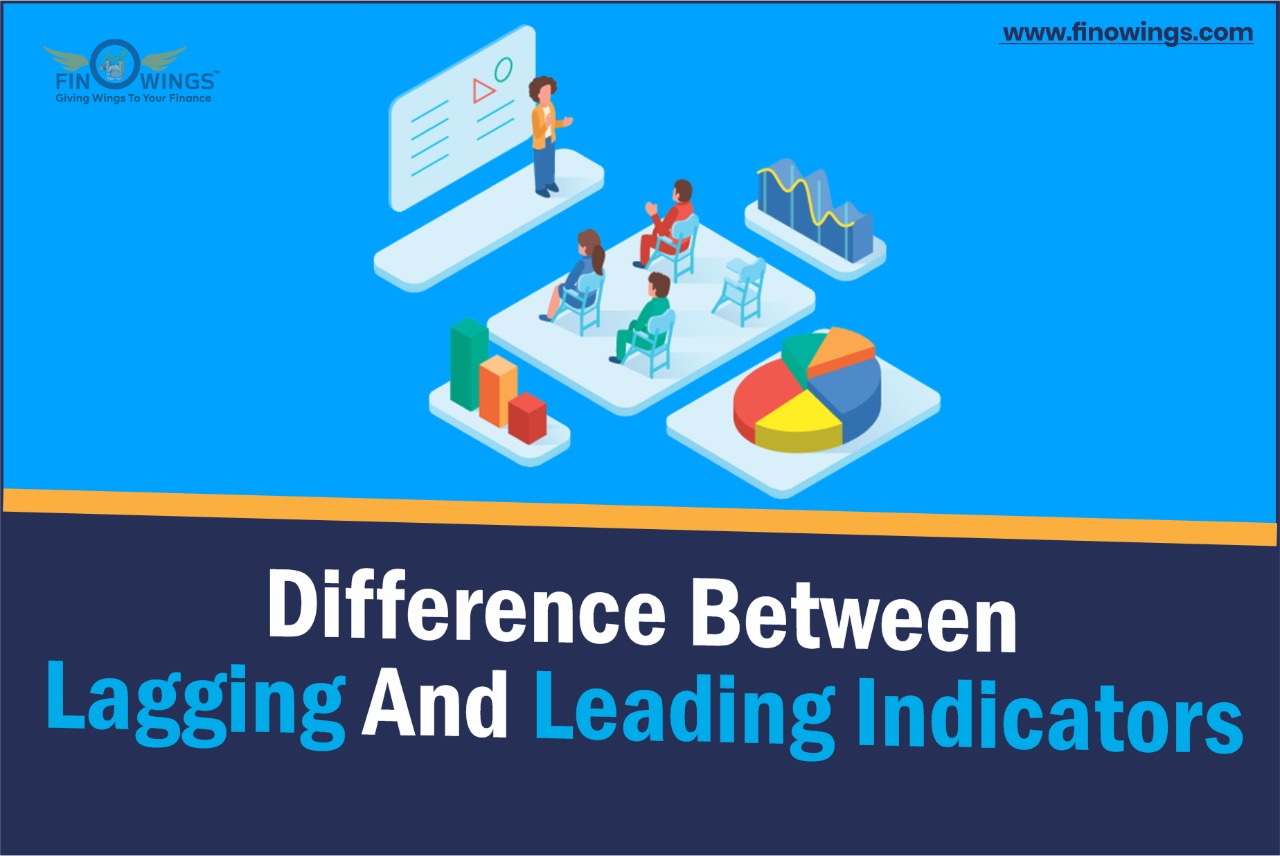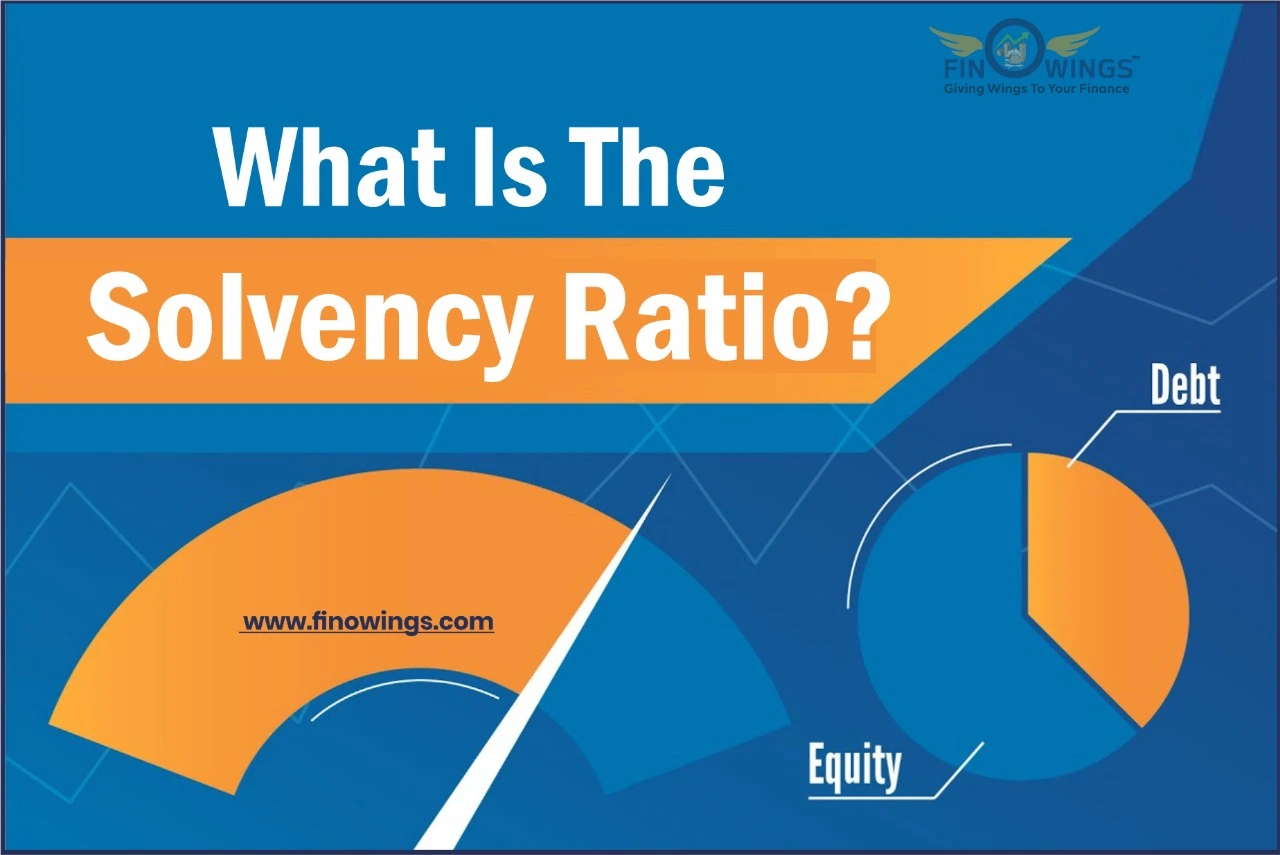Home >> Blog >> What Is The Difference Between Lagging and Leading Indicators
What Is The Difference Between Lagging and Leading Indicators

Table of Contents
Introduction
Indicators provide us with information about the current situation of an upcoming event. The most attentively monitored indicators are social, commercial, economic, and behavioral. For instance, with motorcycles, we utilize indicators (flashing lights) to alert us when the vehicle is ready to change lanes. Similarly, the indicators in this leading vs. lagging article are more focused on the economy; they show us how the economy is evolving and provide a potential prediction of what may occur in the upcoming economic business cycle.
How do you define leading indicators?
Leading indicators exhibit changing behavior before the economy does. Saying that these indicators cause an alteration in the economy might not be incorrect. Before the economy begins to move, these indications shift. Economists and traders use leading indicators to predict significant market changes because of their preemptive character.
These are merely indicators; thus, they occasionally need to be more accurate. But when combined with other market data, these indicators can play a significant role in predicting the state of the economy. This is true because leading indicators concentrate on particular economic sectors and are made up of data collected from reliable sources.
For instance, economists and traders closely track the Purchasing Managers Index (PMI) to project the Gross Domestic Product (GDP).
Another illustration would be the number of unemployment claims, which point to a sluggish economy. The economy and market would eventually suffer from an increase in unemployment claims. On the other hand, if unemployment claims decrease, businesses perform well, leading to a more substantial market.
How do you define Lagging Indicators?
Economic elements, known as lagging indicators, modify their behavior after changes in the economic environment. Lagging indicators only show changes once the economy has started to move in a specific direction and followed an inevitable trend. Although a lagging indicator cannot foresee economic changes, it can help identify the consequences of a shift in the economic trend. Traders and economists can utilize lagging indicators to produce signals because they result from economic change.
Lagging indicators are used to generate signals that are the basis of rule-based quantitative investment methods. The lagging indicator, which lags behind the underlying asset's price, mimics the impact of an economic shift and its pattern.
The moving average of any security is an example. Unfortunately, the moving average can be calculated only after a change in the security price. As a result, the moving average is inaccurate since there is a good chance that the large move occurred during a time that was not considered. As a result, the deal would be entered later, which would not be advantageous.
Leading Indicator VS Lagging Indicators
|
Basis of Comparison |
Leading Indicators |
Lagging Indicators |
|
Meaning |
A leading indicator indicates upcoming trends and shifts in the coming economic cycle. |
A lagging indicator provides historical information and a delayed response to the economic cycle. |
|
Behavior |
These indicators provide information before any visible changes to the economy. |
These indicators merely record information and cannot be altered as in the past. |
|
Accuracy |
Since they are signals, their precision isn't always perfect and occasionally creates confusion. |
The correctness is 100 percent because they are based on actual historical events. |
|
Indication |
These demonstrate the potential for future change. |
These demonstrate the confidence for the transformation that has already taken place in the past. |
|
Timing |
Prior to any trading period, these are monitored. |
After any market change, these are monitored. |
|
Use |
They act as a cautionary tale for every shift in the economic cycle. |
They present themselves as a guarantee against any cyclical changes in the economy. |
|
Trend |
These indicators might or might not become a trend in the coming years. |
These indicators make up the cycle that the economy has historically followed. |
|
Output |
Leading indicators focus on results. |
Lagging indicators focus on output. |
|
Ease |
Leading indicators are difficult to measure but are more easily influenced. |
Lagging indicators are simple to measure but challenging to enhance |
|
Example |
Bond yields, the money supply, the purchasing index, and consumer confidence. |
Loans, Real GDP, Consumer Price Index (CPI), and Unemployment |
Coincident Indicators
As coincidences happen, they are examined and put to use. These are crucial figures that significantly affect the economy as a whole.
A coincident indicator of economic health is personal income. A more robust economy is correlated with higher personal income numbers. Conversely, lower personal income figures indicate that the economy is having trouble. Another coincident indicator is an economy's gross domestic product (GDP).
Special Considerations on Economic Indicators
Any statistic that forecasts and comprehends financial or economic patterns might be considered an indicator.
While some of the indications used over the years seem irrational, they have some validity. For example, the Estee Lauder cosmetics company chairman, Leonard Lauder, created the Lipstick Indicator. He asserted that increasing lipstick sales are a sign of troubling times. He was correct, though.
However, the social, corporate, and economic statistics released by reputable sources, such as various agencies of the U.S. government, are widely observed. It is because all of them are founded on surveys that are periodically done, typically once a month, allowing the outcomes to be followed and examined over time.
Conclusion
To forecast and make subsequent decisions, all economists and investors frequently monitor the signals for what is ahead of the market. A statistic called an indicator can be used to comprehend, forecast, and make judgments. These indications are traced and monitored for days, months, and years to establish a trend. The analysis of the business cycle is the most effective use of indicators.
Lagging indicators are the outcomes and provide proof of the economic pattern that has been followed and the nature of future developments. The market analyst uses this information to make decisions. In addition, indicators are used to find ways to boost performance in the future.
Any indicator, leading or lagging, is one of many factors considered when making an economic decision. Therefore, there are better courses of action than relying on indicators. However, when combined with other data and information and correctly aggregated, indicators can be a significant source for economic forecasting.



















